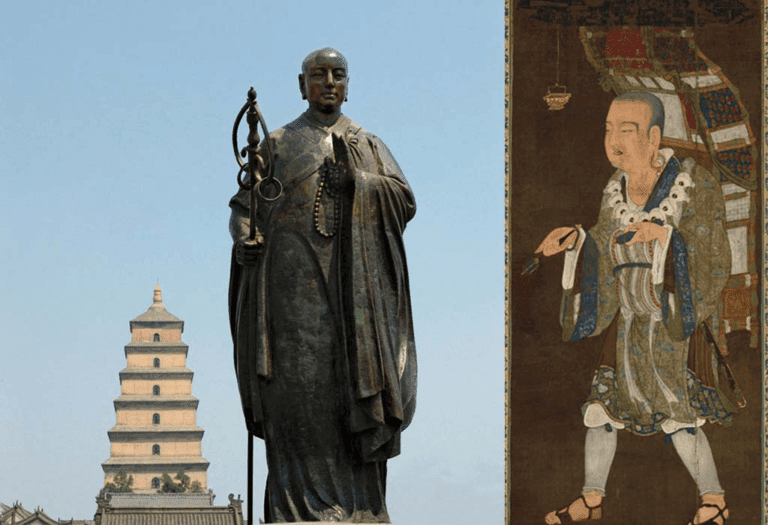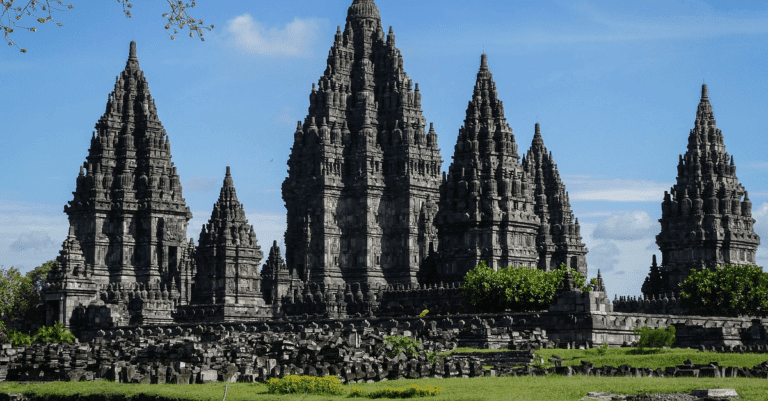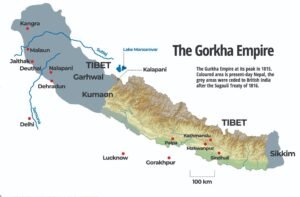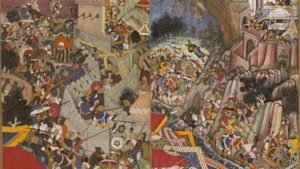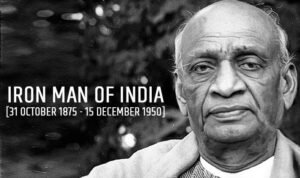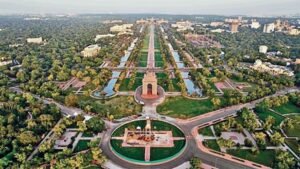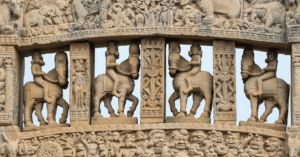The Indosphere Explained: Magnificent Mosaic of Cultural Influence Across Continents
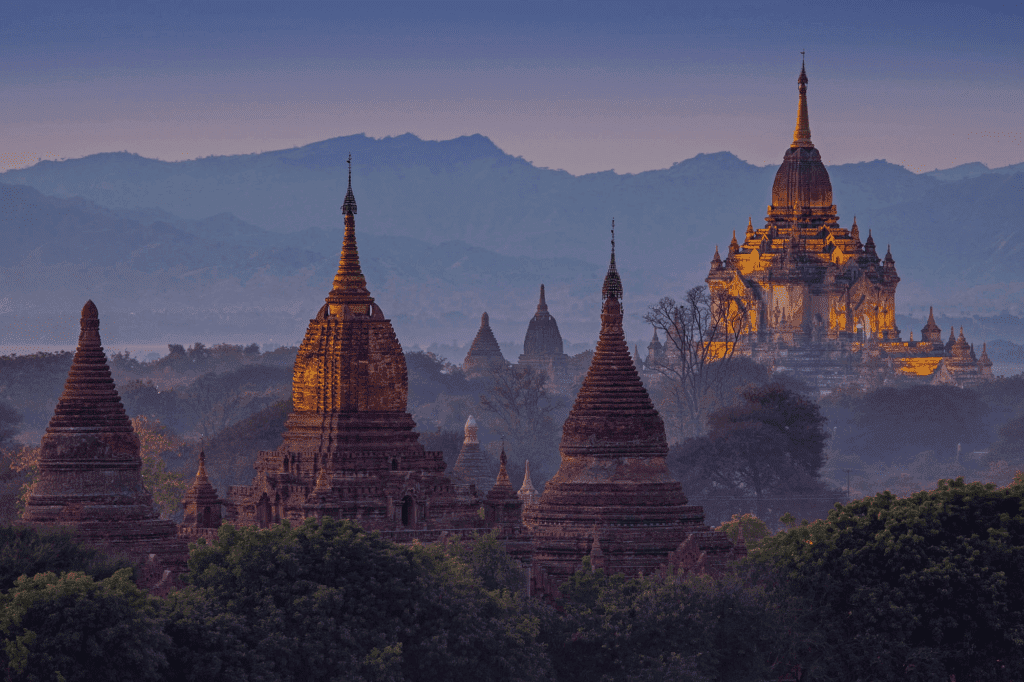
The Indosphere refers to the vast cultural, philosophical, and spiritual influence that originated from the Indian subcontinent and spread across Asia, reaching as far as East Asia, Southeast Asia, Central Asia, and even parts of the Middle East and Africa. Indian civilization has had a profound impact on the regions it touched, influencing religion, language, art, architecture, and governance over many centuries. In this comprehensive exploration, we will delve into the historical context that shaped the Indosphere, the key historical figures who played pivotal roles in its expansion, the major events that illustrate its reach, and the countries that were directly and indirectly influenced by Indian civilization.
1. Historical Context of the Indosphere
The Indosphere’s formation was the result of centuries of interaction through trade, conquests, religious missions, and cultural exchanges. Several factors contributed to its gradual spread:
Indian Empires: Maurya, Gupta, and Beyond
The Maurya Empire (322–185 BCE) under Emperor Ashoka and the Gupta Empire (320–550 CE) played central roles in laying the foundation for the Indosphere’s expansion. Ashoka’s Buddhist conversion after the Kalinga War initiated widespread dissemination of Indian religious and philosophical thought, while the Gupta period’s advancements in science, mathematics, literature, and art enriched cultural exchanges with neighboring regions.

Indian Ocean Trade Routes
India’s pivotal position along the Indian Ocean made it a central hub in the maritime trade routes that connected East Africa, the Middle East, and Southeast Asia. These trade networks facilitated the exchange of goods and ideas, with Indian textiles, spices, art, and religious teachings finding their way to distant shores. The maritime Silk Road helped Indian civilization influence Southeast Asia, Indonesia, and even China.
Spread of Hinduism and Buddhism
The export of Hinduism and Buddhism from India shaped much of the spiritual and philosophical landscape of Asia. While Hinduism made significant inroads into Southeast Asia, Buddhism found adherents in China, Japan, Korea, and Tibet. Missionaries, monks, scholars, and traders carried Indian religious ideas far beyond the subcontinent, embedding Indian cultural elements into the societies they encountered.
2. Key Historical Figures Who Expanded the Indosphere
A number of historical figures were instrumental in the dissemination of Indian culture, religion, and philosophy across the broader Indosphere. These figures, through their leadership, religious missions, military conquests, and intellectual contributions, helped shape the spread of Indian civilization.
Emperor Ashoka (268–232 BCE)
Ashoka, one of India’s most celebrated rulers, was pivotal in spreading Buddhism beyond India. After witnessing the devastation of the Kalinga War, he embraced Buddhism and championed the principles of non-violence and dharma (righteousness). Ashoka sent missionaries to Sri Lanka, Southeast Asia, Central Asia, and even the Mediterranean, thus embedding Indian spiritual and cultural values in foreign lands. His famous edicts carved on rocks and pillars across the empire remain some of the earliest records of Indian diplomacy and cultural outreach.

Kanishka (c. 127–150 CE)
As the greatest ruler of the Kushan Empire, Kanishka oversaw one of the most significant expansions of Indian culture into Central Asia. His reign is particularly remembered for promoting Mahayana Buddhism, which spread from India to China, Korea, and Japan through the Silk Road. The Fourth Buddhist Council, held under his rule, solidified Mahayana Buddhist teachings, which were subsequently exported to East Asia.
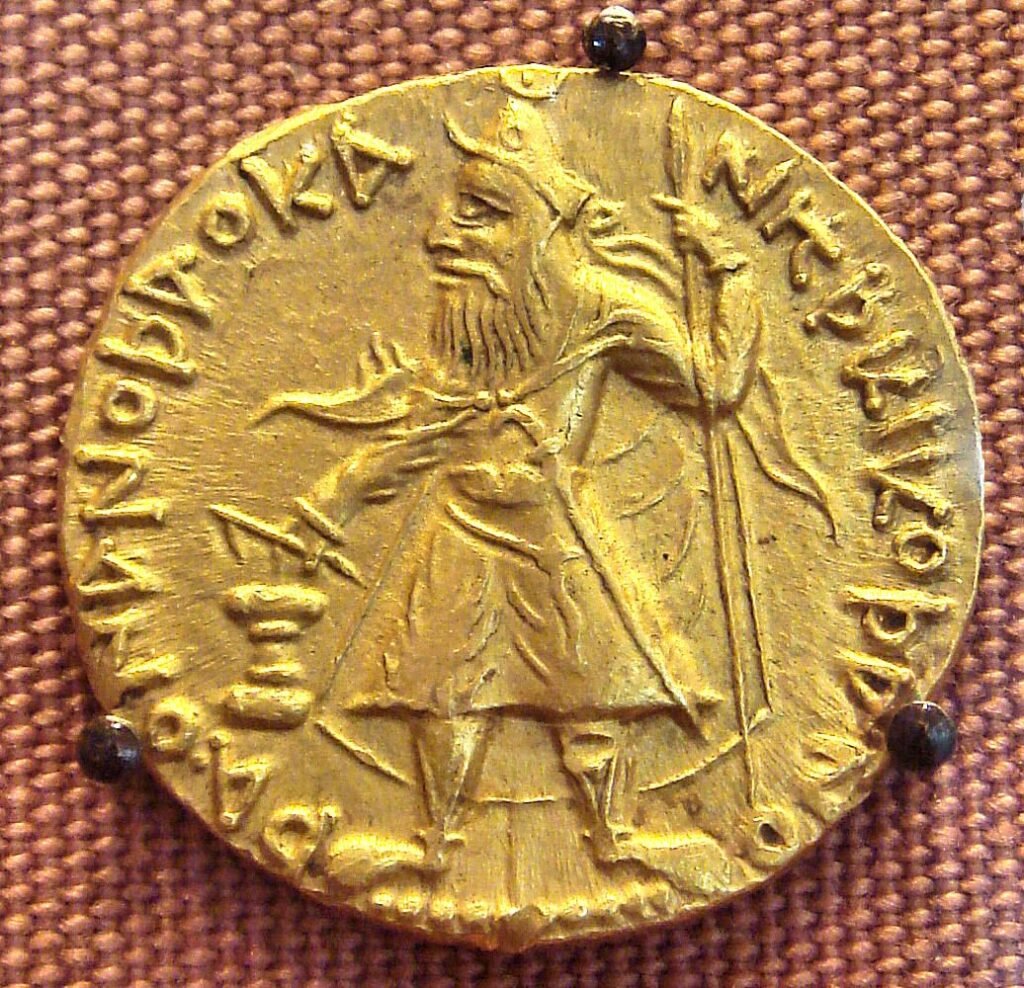
The Chola Dynasty (c. 9th–13th centuries CE)
The Chola Dynasty of South India, under kings like Rajaraja Chola I and Rajendra Chola I, expanded Indian influence across the Indian Ocean through military conquests and trade. The Cholas built a powerful navy that conducted successful campaigns in Sri Lanka, Indonesia, and Malaysia. The temples and architecture of Prambanan in Java and Borobudur reflect the Chola dynasty’s influence in Southeast Asia. Chola rulers also facilitated the spread of Tamil culture, Hinduism, and Indian art throughout the region.
Bodhidharma (c. 5th–6th centuries CE)
A revered Buddhist monk, Bodhidharma is credited with bringing Chan Buddhism to China, which later evolved into Zen Buddhism in Japan. His teachings on meditation and self-realization profoundly shaped East Asian spiritual traditions. Bodhidharma’s contributions to martial arts are also legendary, with many traditions attributing the origins of Shaolin Kung Fu to his teachings.

Adi Shankaracharya (c. 788–820 CE)
The Indian philosopher and theologian Adi Shankaracharya unified the various schools of Hindu thought and revitalized the practice of Advaita Vedanta (non-dualism). His writings and efforts to establish mathas (monasteries) across India helped solidify Hinduism during a period of growing Buddhist and Jain influence. Shankaracharya’s teachings spread through Southeast Asia and influenced the broader Indosphere.

Xuanzang (c. 602–664 CE)
The Chinese Buddhist monk Xuanzang is renowned for his pilgrimage to India to obtain Buddhist texts and deepen his knowledge of Buddhist teachings. He traveled through Central Asia to reach Nalanda, India’s most prestigious ancient university. Upon returning to China, Xuanzang translated the scriptures into Chinese, which solidified the spread of Indian Buddhist philosophy in East Asia. His journey also fostered a deeper cultural and religious connection between India and China.
Prince Shotoku (574–622 CE)
As a key figure in Japanese history, Prince Shotoku helped introduce Buddhism and Indian governance principles to Japan. His regency marked the adoption of Indian-style governance based on Buddhist values, influencing Japanese administration, philosophy, and spirituality for centuries to come.

The Pallava Dynasty (c. 275–897 CE)
The Pallava Dynasty in South India played a critical role in the cultural transmission to Southeast Asia. The Pallavas were instrumental in spreading Hinduism, Buddhism, and Indian architectural styles to kingdoms like Srivijaya in Indonesia. Their temple architecture, seen in places like Mahabalipuram, influenced temple construction in Southeast Asia, particularly in Thailand and Cambodia.
The Gupta Dynasty (c. 320–550 CE)
The Gupta Dynasty is often called the Golden Age of India, a period of flourishing in arts, sciences, and philosophy. This intellectual renaissance extended beyond India’s borders, with Sanskrit literature, Buddhist texts, and Hindu iconography reaching kingdoms across Southeast Asia and East Asia.
Kumārajīva (344–413 CE)
A Buddhist monk of mixed Indian and Central Asian descent, Kumārajīva was instrumental in translating Indian Buddhist texts into Chinese, facilitating the spread of Indian Buddhist philosophy in China. His works significantly contributed to the Chinese understanding of Indian Mahayana Buddhism, shaping Chinese religious thought for centuries.
Nalanda and Takshashila Scholars
Nalanda University and Takshashila University were major centers of learning that attracted scholars from across the ancient world, including from China, Korea, Tibet, Southeast Asia, and Central Asia. These universities facilitated the exchange of knowledge in fields like philosophy, astronomy, mathematics, and medicine, playing a critical role in the intellectual expansion of the Indosphere.

3. Major Historical Events Across the Indosphere
Key historical events highlight the extensive reach and impact of Indian culture across Asia and beyond:
The Kalinga War (261 BCE)
The Kalinga War fought between Emperor Ashoka and the kingdom of Kalinga was a pivotal event in Indian and world history. The sheer brutality of the war led Ashoka to renounce violence and embrace Buddhism. This event became the catalyst for the spread of Buddhism beyond India. Ashoka’s conversion and missionary activities reached as far as Sri Lanka, Southeast Asia, and Central Asia, extending India’s cultural influence.
The Spread of Buddhism via the Silk Road (1st–5th centuries CE)
The Silk Road was a major conduit for the transmission of Buddhism from India to Central Asia, China, and beyond. Indian Buddhist art and teachings influenced the creation of Buddhist cave temples like the Mogao Caves in China, the Bamiyan Buddhas in Afghanistan, and the Ajanta Caves in India. These interactions brought Indian philosophy, art, and spiritual practices to the heart of Central Asia and China.
The Establishment of Indianized Kingdoms in Southeast Asia (c. 1st–13th centuries CE)
From the 1st century CE, several powerful kingdoms in Southeast Asia adopted Indian political systems, religion, and culture. These Indianized kingdoms, such as Srivijaya in Sumatra, the Khmer Empire in Cambodia, and the Majapahit Empire in Java, were deeply influenced by Indian Hinduism, Buddhism, and governance models. Architectural marvels such as Angkor Wat and Borobudur reflect the deep cultural and religious connections between India and Southeast Asia.

The Fourth Buddhist Council (c. 78 CE)
The Fourth Buddhist Council was convened by Kanishka in Kashmir and helped consolidate Mahayana Buddhism. This council played a critical role in shaping Mahayana doctrines that spread across Central Asia, China, and Japan, marking a key moment in the expansion of Indian religious thought.
The Chola Naval Expeditions (c. 10th–11th centuries CE)
The Chola Dynasty’s naval expeditions were key to spreading Indian influence across Southeast Asia. The Cholas launched military campaigns against Sri Lanka, Sumatra, and parts of the Malay Peninsula, solidifying Indian trade routes and cultural exchanges. The impact of these expeditions is evident in the temples and inscriptions found in Southeast Asia that exhibit Chola architecture and artistic styles.
Xuanzang’s Pilgrimage to India (c. 629–645 CE)
Xuanzang’s pilgrimage to India marked a significant exchange of religious and cultural ideas between India and China. His 17-year journey deepened the Buddhist connections between the two nations and reinforced the transmission of Indian Buddhist philosophy to East Asia.
4. Countries Within the Indosphere: A Vast Cultural Network
The Indosphere covers a vast region that stretches from Afghanistan in the west to Indonesia in the east, and from Uzbekistan and Tibet in the north to Sri Lanka in the south. The countries within the Indosphere reflect a diverse range of Indian cultural, religious, and philosophical influences, particularly Hinduism and Buddhism.
Afghanistan
- Extent: India’s influence in Afghanistan dates back to the Mauryan and Kushan Empires.
- Cultural Impact: Buddhism thrived in Afghanistan, as seen in the ancient Bamiyan Buddhas and other relics. Indian influence is evident in Gandharan art, which blends Indian and Greco-Roman elements.
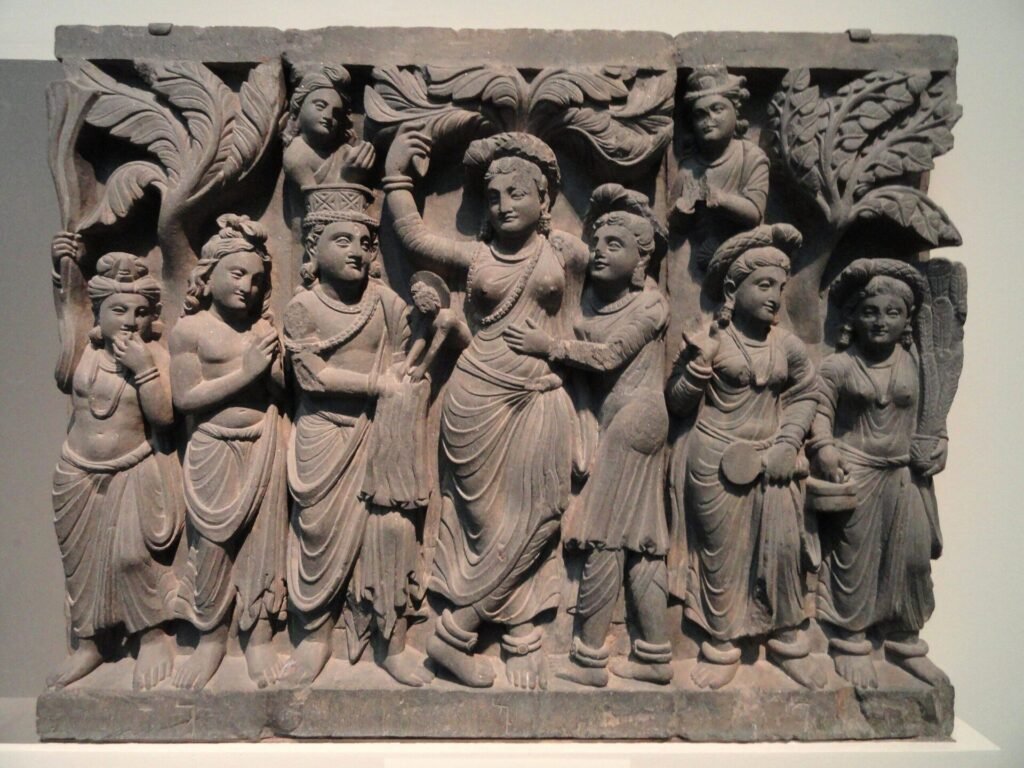
Uzbekistan and Central Asia
- Extent: Indian civilization spread through trade along the Silk Road and the Kushan Empire.
- Cultural Impact: Indian goods, art, and Buddhism found their way into Central Asia. Termez, an ancient city in present-day Uzbekistan, was an important Buddhist center.
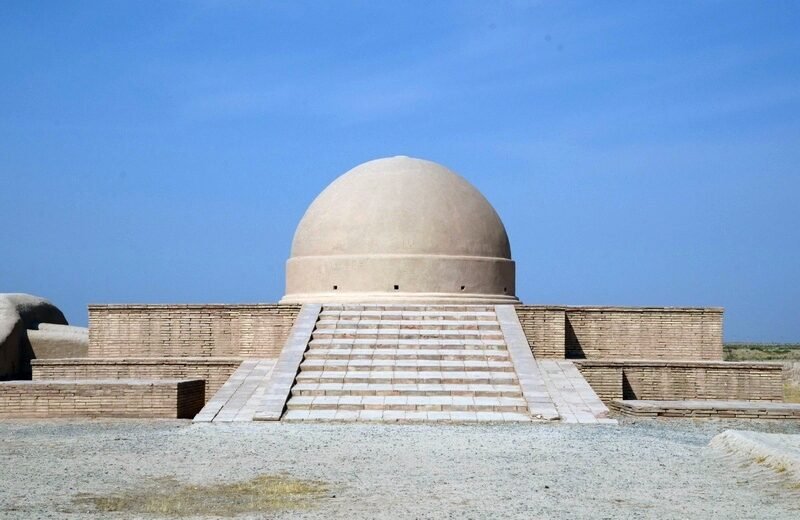
Sri Lanka
- Extent: Indian influence in Sri Lanka has been profound since the arrival of Buddhism under Ashoka’s missionaries in the 3rd century BCE.
- Cultural Impact: Buddhism, art, and architecture, including the sacred city of Anuradhapura and the Temple of the Tooth, have strong Indian roots. Festivals like Vesak commemorate Buddha’s birth, enlightenment, and death.

Nepal
- Extent: Nepal has ancient and ongoing cultural ties with India, especially as the birthplace of Lord Buddha.
- Cultural Impact: Nepal is home to several important Buddhist and Hindu temples, such as the Pashupatinath Temple and Lumbini, Buddha’s birthplace. Nepali festivals such as Dashain and Tihar reflect Indian cultural connections.

Tibet
- Extent: Profound Indian influence, especially through Buddhism.
- Cultural Impact: Tibetan Buddhism is based on Indian Mahayana and Vajrayana teachings. The Jokhang Temple in Lhasa is one of the most revered Buddhist sites in Tibet, reflecting Indian architectural and spiritual influences.

China
- Extent: Indian culture reached China primarily through the Silk Road.
- Cultural Impact: Indian Buddhist texts, art, and philosophy have deeply influenced Chinese spiritual life. The construction of the Mogao Caves and the works of Xuanzang illustrate the profound connection between India and China. Temples like King Asoka Temple in Ningbo reflect the deep influence of Indian Buddhism.

Japan
- Extent: Indian influence in Japan came via China and Korea during the introduction of Buddhism in the 6th century.
- Cultural Impact: Japanese Zen Buddhism, martial arts, tea ceremonies, and garden designs have roots in Indian spiritual practices. The Tōdai-ji Temple in Nara, which houses the Great Buddha, stands as a monument to this influence.
Korea
- Extent: Indian influence reached Korea through Buddhist missionaries in the 4th century CE.
- Cultural Impact: Buddhism and Confucianism, inspired by Indian sources, became key elements of Korean culture. The Tripitaka Koreana, a collection of Buddhist scriptures, showcases Indian influence.
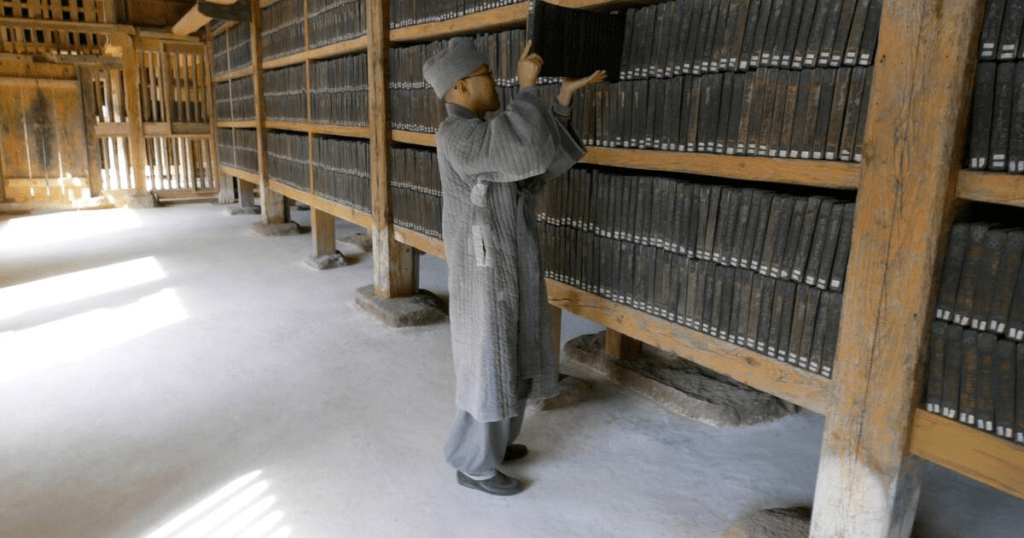
Southeast Asia (Thailand, Cambodia, Vietnam, Laos, Indonesia, Malaysia)
- Extent: Indian culture spread throughout Southeast Asia through trade and the Indianized kingdoms.
- Cultural Impact:
- Cambodia: The Khmer Empire, under Jayavarman II, embraced Hinduism and Buddhism, constructing monumental structures like Angkor Wat, a symbol of Hindu and later Buddhist devotion.
- Thailand: Thai culture, particularly the Songkran Festival (Thai New Year), has roots in Indian Hindu and Buddhist traditions.
- Vietnam: The ancient Cham civilization in My Son Sanctuary built Hindu temples reflecting Indian architectural styles.
- Laos: The That Luang Stupa in Vientiane reflects Indian Buddhist influence.
- Indonesia: The Srivijaya Empire and Majapahit Kingdom were deeply Indianized, and structures like Borobudur and Prambanan stand as monumental symbols of Hindu and Buddhist culture.
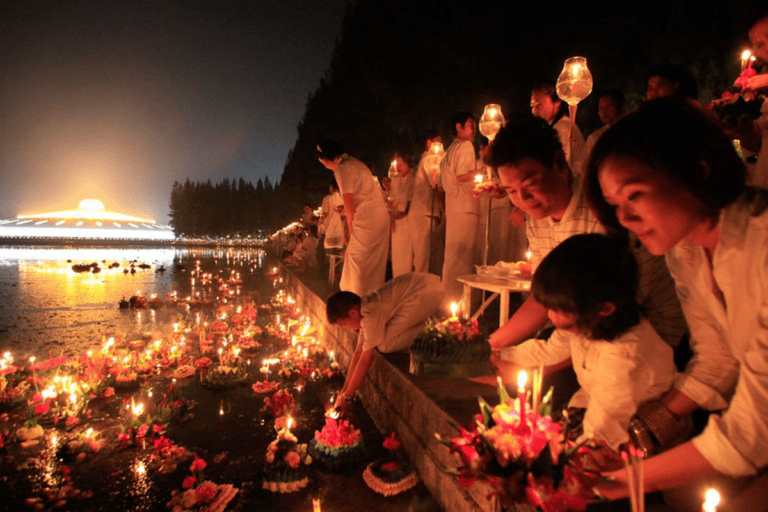
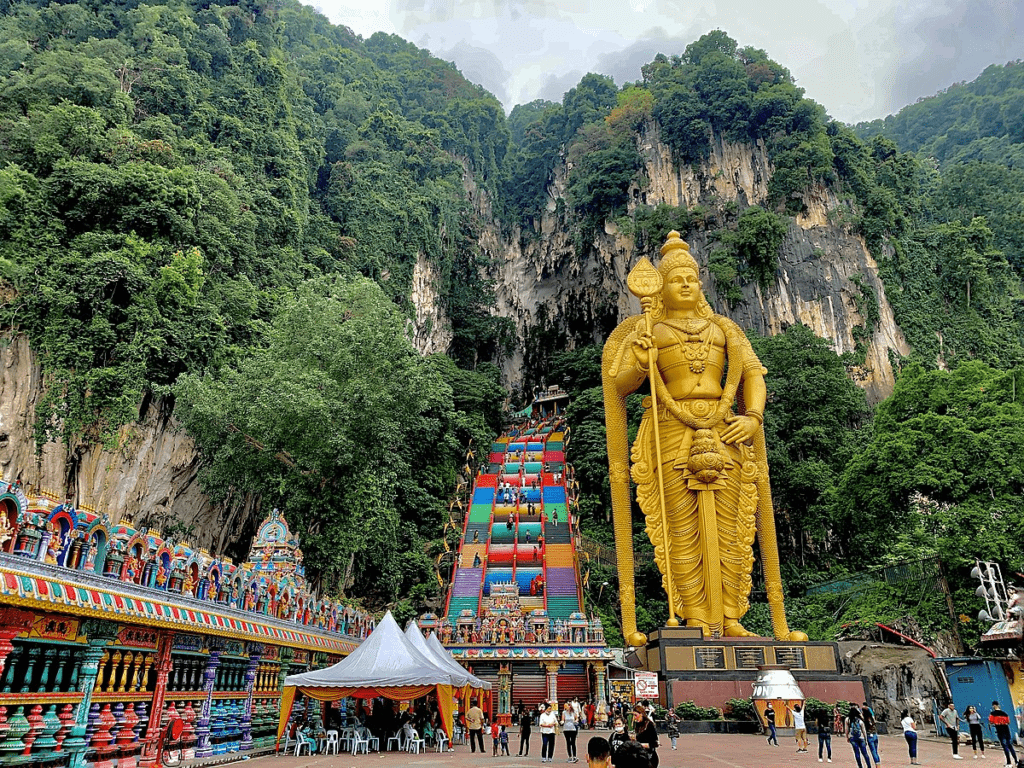
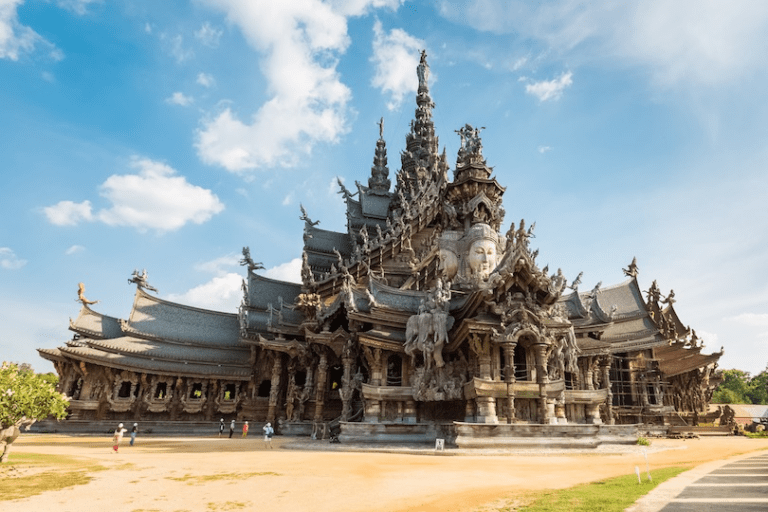


Myanmar (Burma)
- Extent: Indian influence in Myanmar dates back to early Theravada Buddhism.
- Cultural Impact: The ancient city of Bagan, with thousands of Buddhist stupas and temples, reflects the deep influence of Indian religion and art.

Maldives
- Extent: Indian influence reached the Maldives through Buddhism, which preceded Islam.
- Cultural Impact: While Buddhism was largely replaced by Islam, the Maldivian language (Dhivehi) retains significant Indian linguistic influences.
Singapore
- Extent: Modern-day Singapore hosts a thriving Indian community.
- Cultural Impact: Indian cultural elements, particularly Hindu temples, festivals, and cuisine, are prominent in Singapore, reflecting the city-state’s deep ties to Indian civilization.
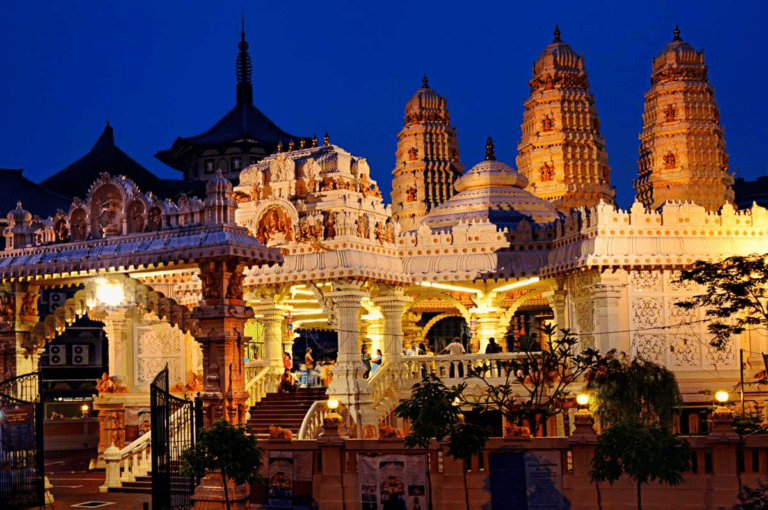
5. Soft Power: The Indosphere’s Continuing Legacy Today
The influence of the Indosphere continues to thrive in the modern world through various forms of soft power:
Bollywood Films

Bollywood cinema has gained a massive global following, especially in regions influenced by Indian culture, including Asia, Africa, and the Middle East. Bollywood’s colorful storytelling and musical traditions have made Indian films popular in many parts of the world.
Yoga and Meditation
Indian spiritual practices such as yoga and meditation have transcended geographical boundaries and are widely practiced worldwide. Studios dedicated to yoga can be found in every major city, and meditation has become a universal practice for well-being.
Indian Cuisine
Indian food, celebrated for its diverse flavors and rich use of spices, is enjoyed across the globe. Dishes such as curry, biryani, and naan have become global staples, with Indian restaurants flourishing in many countries.
Classical Dance and Music
Indian classical dance forms like Bharatanatyam, Kathak, and Odissi are showcased at international cultural festivals, while Indian classical music has influenced global music forms.

Spiritual Teachings
The teachings of Indian spiritual leaders such as Swami Vivekananda, Sri Aurobindo, and Mahatma Gandhi continue to inspire movements focused on peace, non-violence, and spiritual enlightenment worldwide.
The Indosphere’s Enduring Legacy
The Indosphere is a remarkable testament to the enduring power of Indian civilization to transcend geographical and cultural boundaries. From the ancient empires of India to the rise of Buddhism and Hinduism, Indian culture has left an indelible mark on the world, especially in Asia. The spread of Indian philosophy, religion, language, art, and architecture has connected diverse civilizations across continents, creating a lasting cultural legacy.

